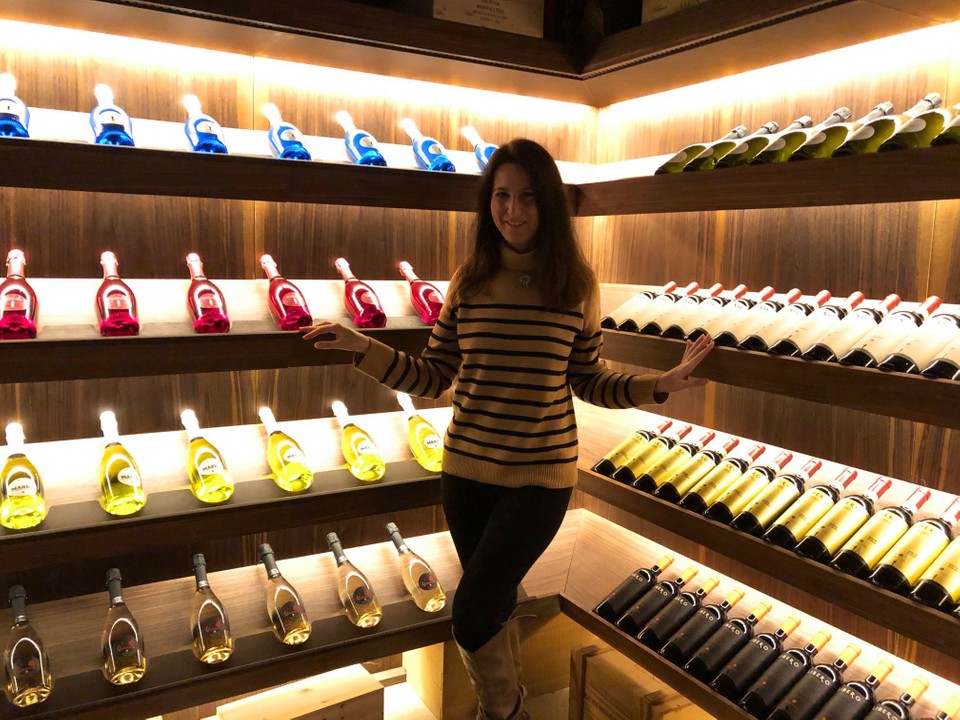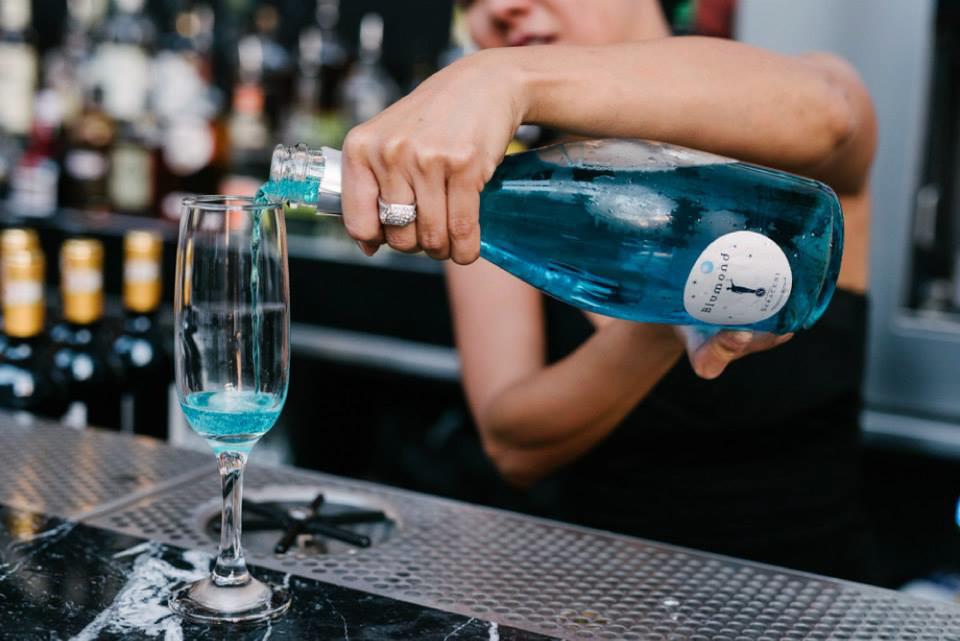
How to store wine
Wine, a timeless elixir that has captivated the senses of connoisseurs for centuries. Its delicate flavors and aromas are meant to be savored, and to ensure that every sip is a moment of pure pleasure, proper storage is essential. In this blog post, we will guide you through the art of storing wine, preserving its elegance and ensuring its longevity.
Why is Proper Wine Storage Important?
Before we delve into the intricacies of wine storage, let us first understand why it is of utmost importance. Wine is a living entity, constantly evolving and developing in the bottle. Temperature fluctuations, exposure to light, and improper humidity levels can all have a detrimental effect on its quality. By providing the ideal storage conditions, you can protect your investment and enhance your drinking experience.
Temperature: The Key to Preservation
One of the most critical factors in wine storage is temperature. Extremes in temperature can cause irreversible damage to your precious bottles. Ideally, wine should be stored between 45°F (7°C) and 65°F (18°C). Fluctuations should be avoided at all costs, as they can lead to premature aging or spoilage. Invest in a wine refrigerator or cellar to maintain a consistent temperature for your collection.
Shielding Wine from Light
Light, especially ultraviolet (UV) rays, can be detrimental to wine. Prolonged exposure can result in a phenomenon known as "light strike," which causes unpleasant aromas and a loss of flavor. To protect your wine, store it in a dark environment or use UV-filtering glass for your wine cellar or storage unit.
Humidity: Finding the Perfect Balance
Humidity plays a crucial role in wine storage, as it prevents corks from drying out and compromising the seal. Aim for a humidity level of 50-80%. Too little humidity can lead to evaporation and oxidation, while excessive humidity can promote mold growth. To maintain the ideal humidity, consider using a humidifier or storing your wine in a naturally humid area.
Horizontal or Vertical: The Cork's Role
Storing wine bottles horizontally or vertically is a subject of debate among enthusiasts. While both methods have their merits, storing wine horizontally is generally recommended. This position keeps the cork moist, ensuring a tight seal and preventing air from entering the bottle. However, if you have screw-top bottles or synthetic corks, vertical storage is acceptable.
Minimize Vibrations and Disturbances
Wine is a delicate creation that can be easily disturbed by vibrations. Avoid storing your wine near appliances, speakers, or any other source of constant movement. Vibrations can disrupt the aging process and negatively impact the wine's flavor and texture. Keep your bottles in a serene and undisturbed environment.
Conclusion
In the world of wine, proper storage is the key to unlocking the full potential of each bottle. By adhering to the principles of temperature control, light protection, humidity balance, and gentle handling, you can ensure that your wine collection remains a testament to elegance and taste. So, treat your bottles with the care they deserve, and let the art of wine storage elevate your drinking experience to new heights.



